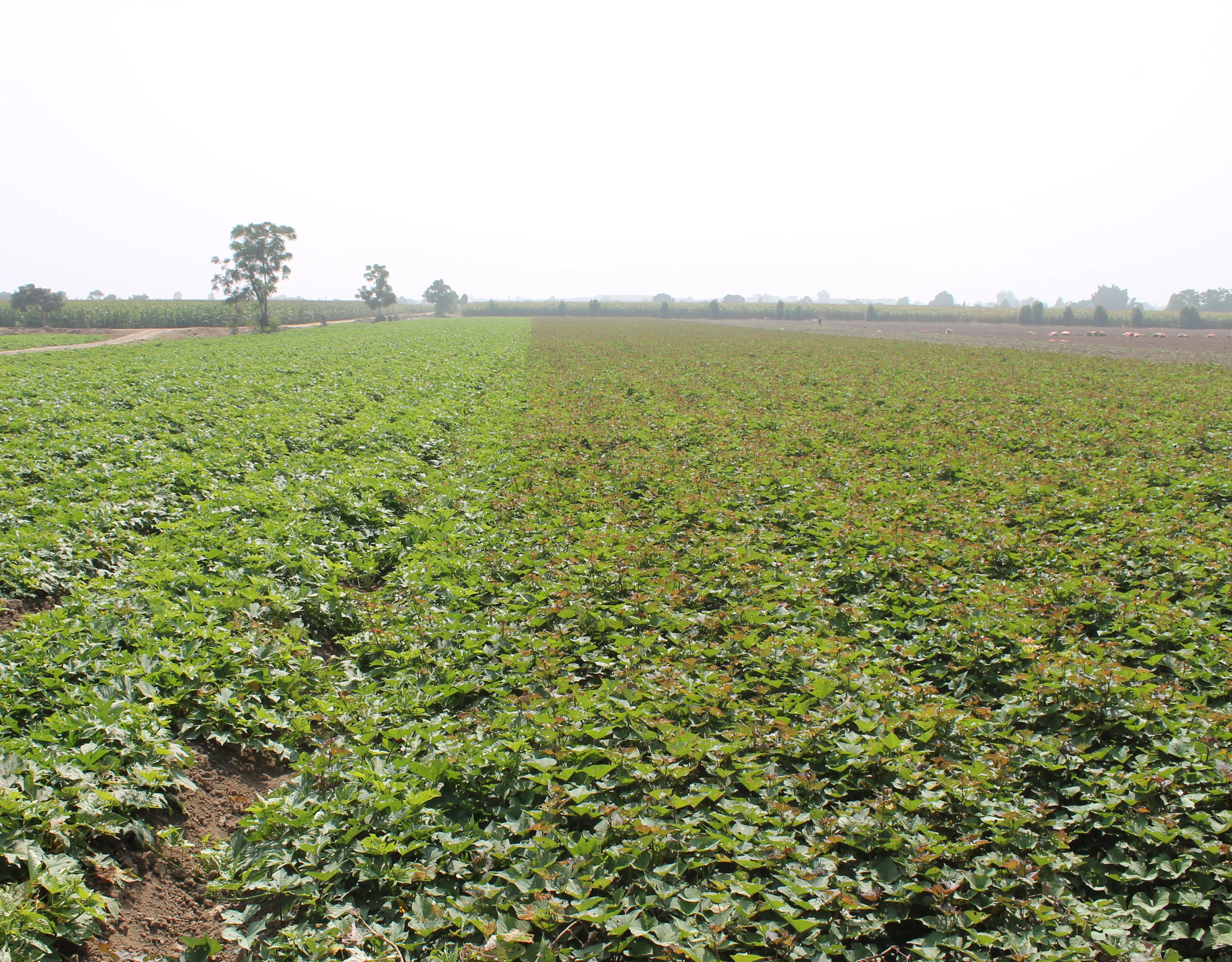Article | May 26. 2025 - 9:07AM
Understanding the value of natural colors
Ever wondered what it takes to produce a color from natural sources?
The vegetables we use to create color are not commercial garden vegetables. We use vegetables that are rich in color pigment and have the stability we need.
Looking for more than good looks
Garden fruit and vegetables are selected to taste good and look delicious but aren’t ideal for making vivid natural colors that are stable and cost-effective, Strawberries are a beautiful red, but the pigment that gives the strawberry its distinctive color isn’t stable enough for food processing as it turns brown when heated and fades quickly.
Radishes contain a more stable red color than strawberries, but garden-variety radishes only have color on the outside. Oterra’s Asian radishes are bigger and red to the core. That means more color can be extracted per vegetable, making it more cost-effective.
However, even radishes with plenty of stable pigment aren’t always ideal. Too much radish can give food a strong, ‘radishy’ flavor – which is why Oterra has bred its own Hansen sweet potato™ (Ipomea batatas). It delivers a vibrant, stable red color with no off flavor at all. Perfect!
Six facts about making natural colors
Developing natural colors needs expertise and a well-developed supply chain – something that Oterra has developed over many years as a specialist in sourcing and producing natural colors for the food and beverage industry.
Purpose-bred seeds. We put time and effort into selecting and breeding seeds that can grow into crops with a high color content to maximise cost in use or improve functionality
Multiple sources. Harvests vary from year to year and so Oterra makes sure that it has several sources in different regions to meet demand no matter the weather.
Global logistics. Natural colors require a global supply chain. Oterra’s stretches from individual farmers to our customers. Color crops are grown around the world and then processed locally in our factories or central locations before being shipped worldwide.
Meticulous planning. Our colors come from nature, so careful planning is needed to ensure that the right amount of raw materials are grown, harvested and processed into colors to ensure maximum shelf life.
Advanced formulations. Working with nature needs deep knowledge of how to make it work in heat, cold, acid or physically rough processes to deliver more intense color with better stability.
Giving back to nature. We minimize our agricultural footprint by using by-products as animal feed or compost, for example. We also use by-products from other production processes to make natural colors - like grape skins from winemaking to produce a beautiful Bordeaux red.
